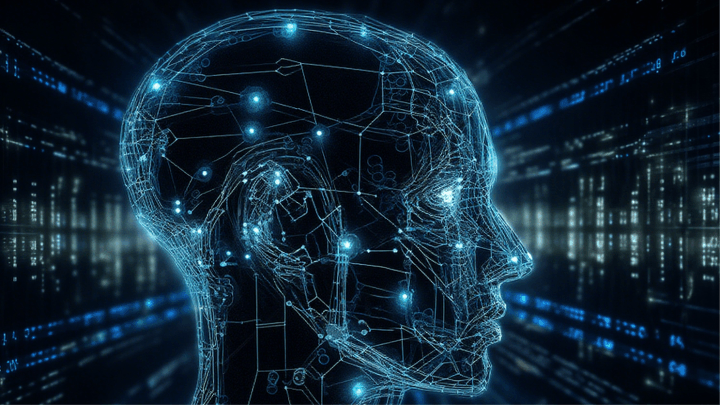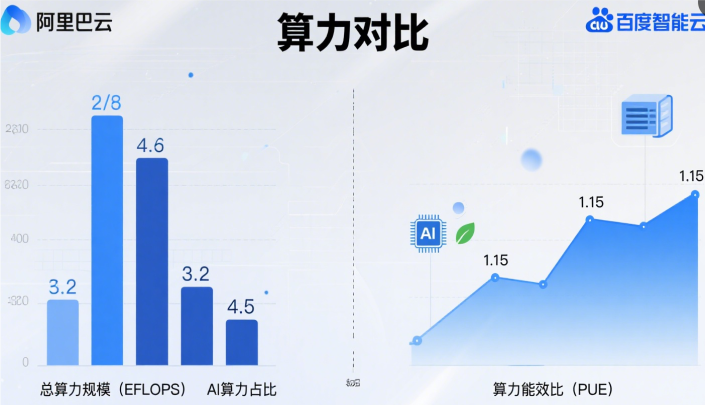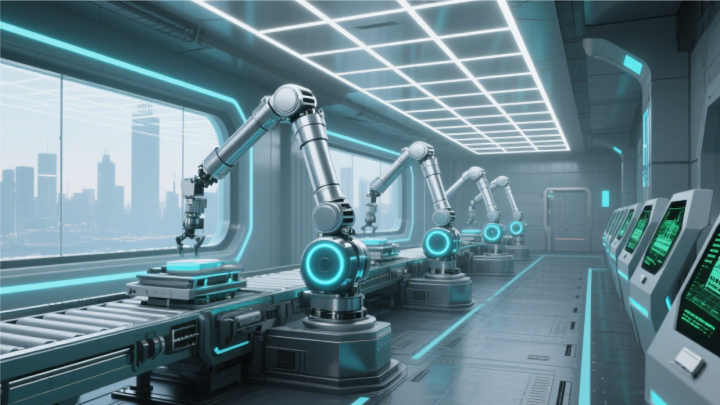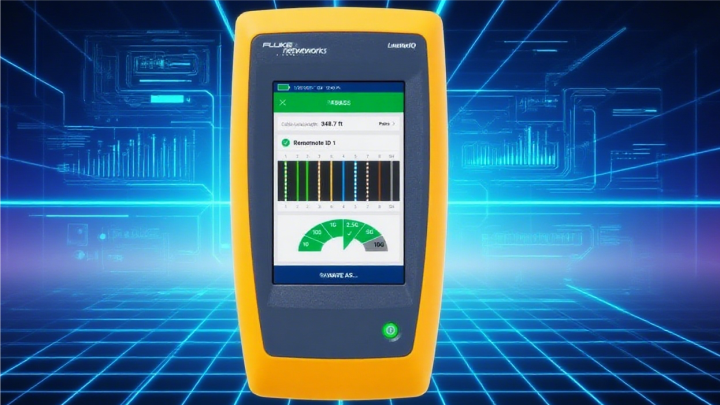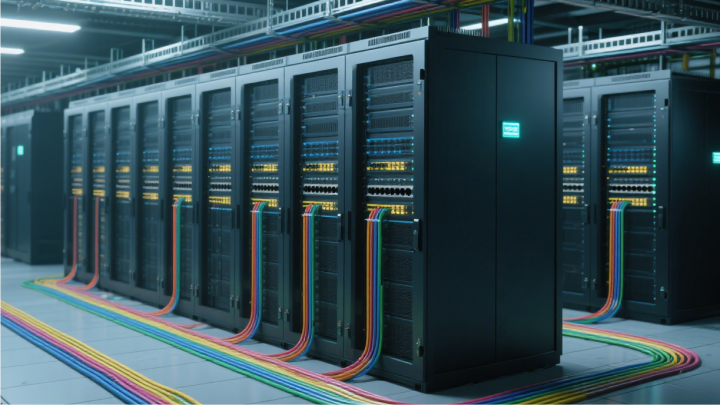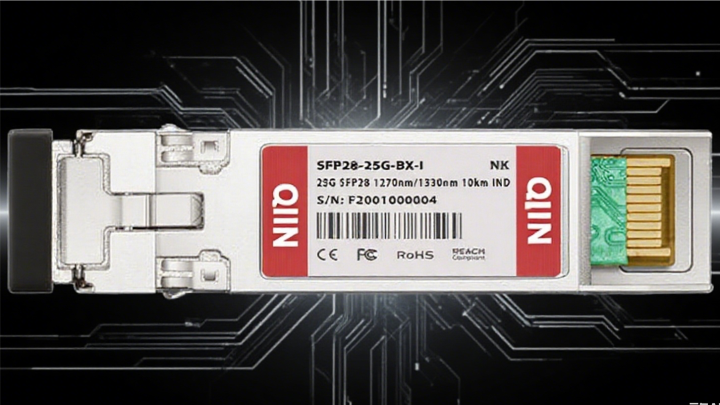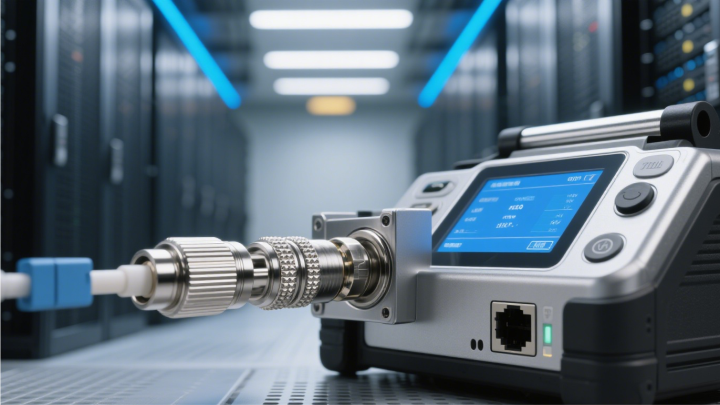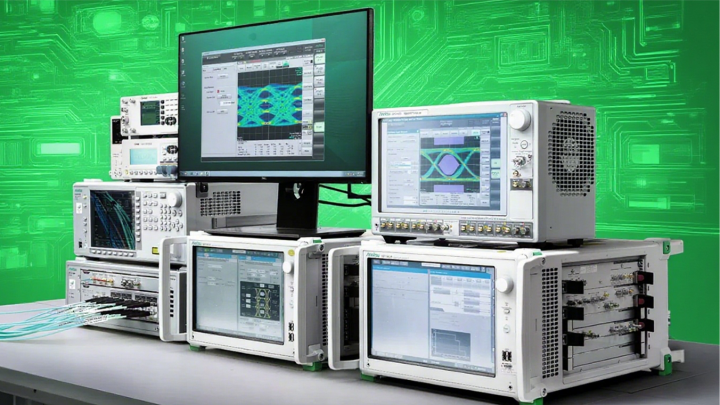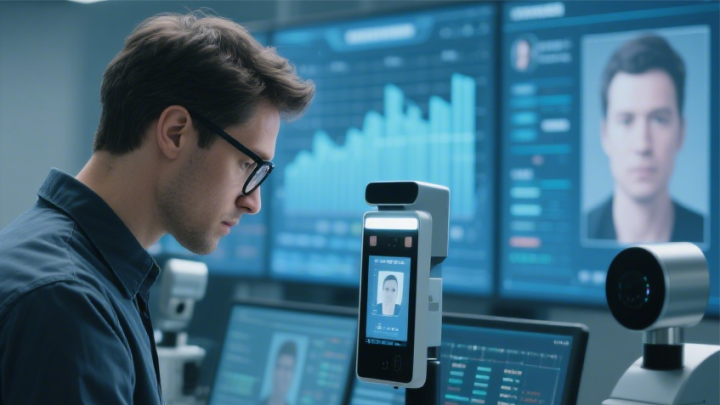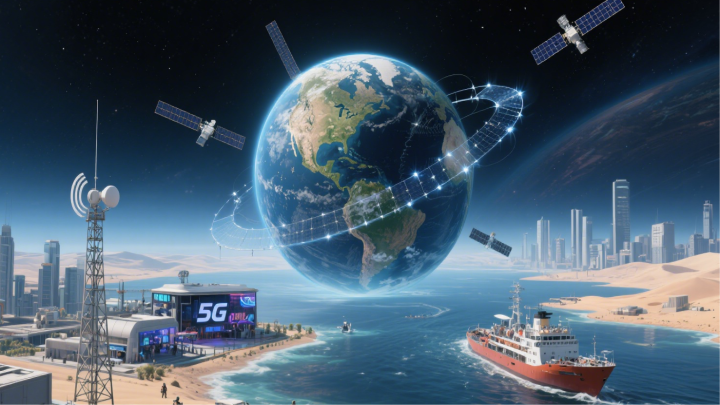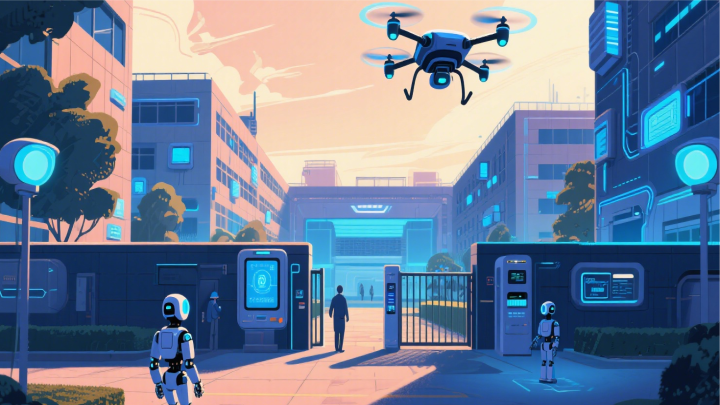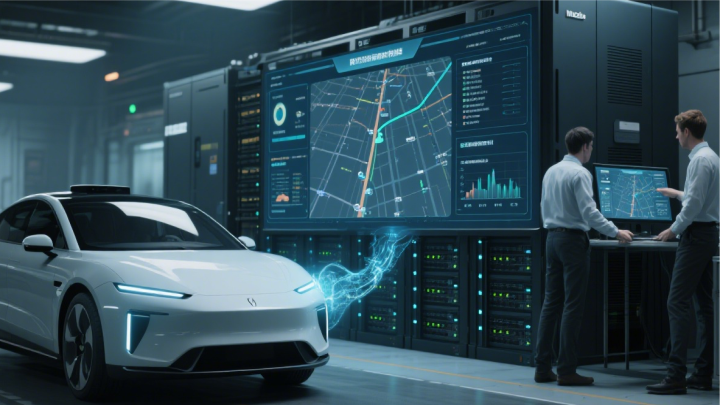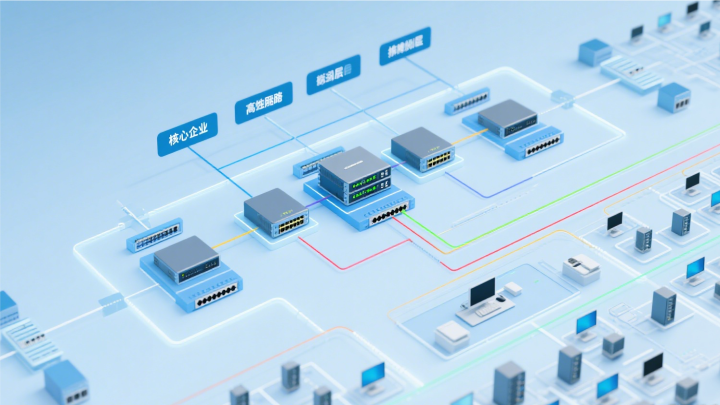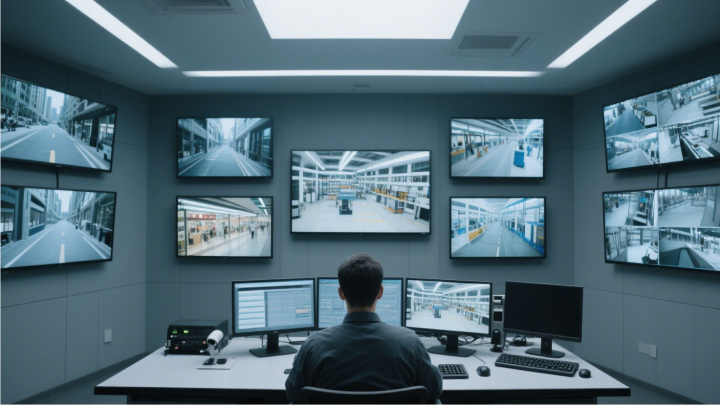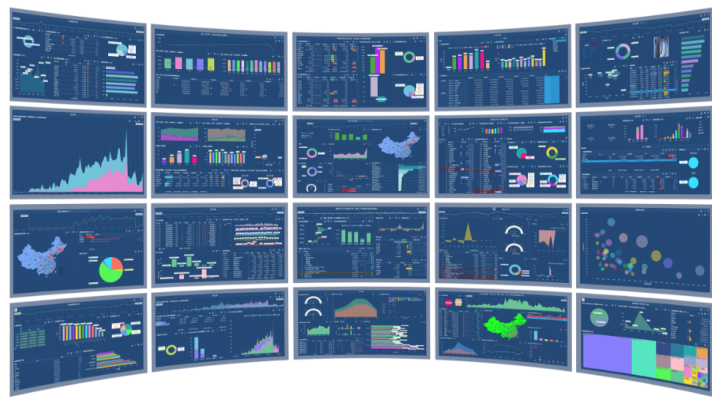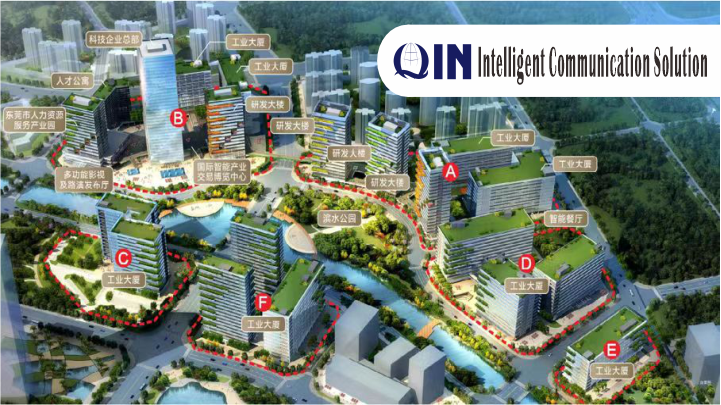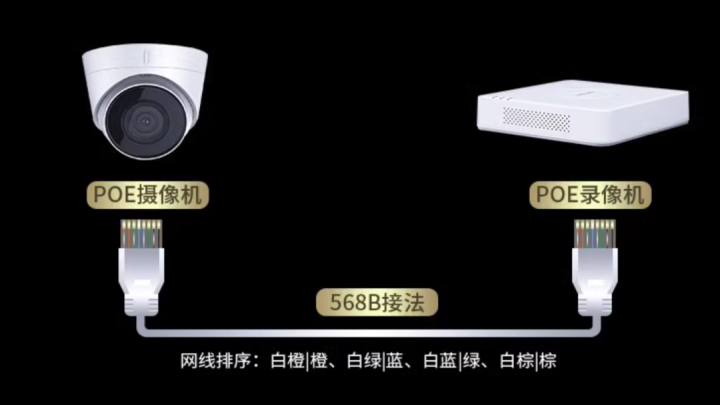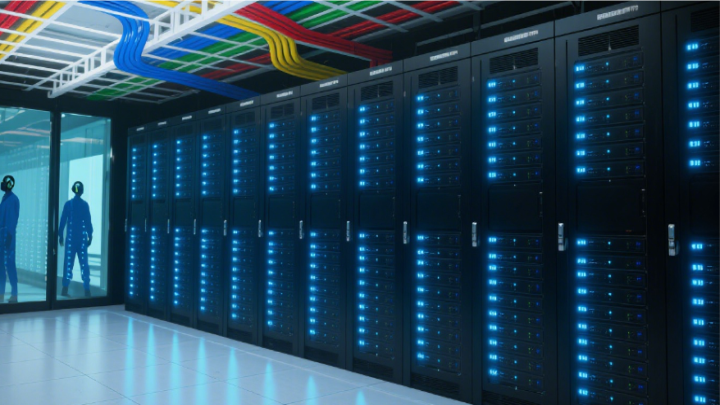Video face recognition big data system
From the aspects of technical architecture, application scenarios, key technologies, challenges and countermeasures, I will elaborate on the video face recognition big data system, showing its operation mechanism, application value and development countermeasures.
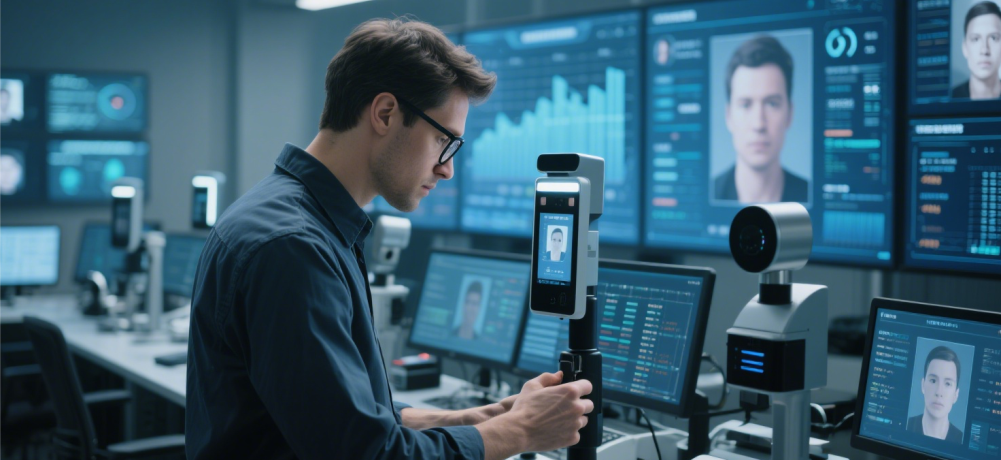
1.Analysis of Video Face Recognition Big Data Systems In today's digital age, video face recognition big data systems are becoming a crucial pillar in social governance, public safety, and commercial services. By integrating technologies such as video capture, facial recognition, and big data processing, these systems enable efficient extraction, analysis, and application of facial information from massive video datasets.
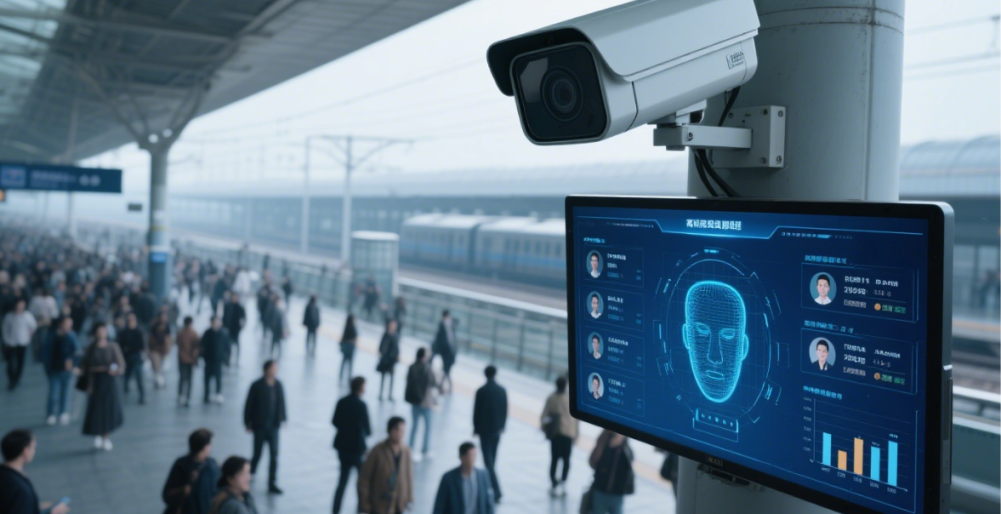
2. Technical Architecture The technical architecture of a video facial recognition big data system typically comprises five layers: front-end acquisition layer, transmission layer, data storage layer, algorithm processing layer, and application layer. The front-end acquisition layer consists of cameras deployed across multiple locations to capture real-time video data. The transmission layer transmits this data to the backend via wired or wireless networks. The data storage layer employs distributed storage technology capable of handling massive volumes of video and facial data. As the core component, the algorithm processing layer utilizes advanced facial recognition algorithms to detect faces, extract features, and perform facial comparisons. The application layer provides diverse functional applications tailored to specific needs.
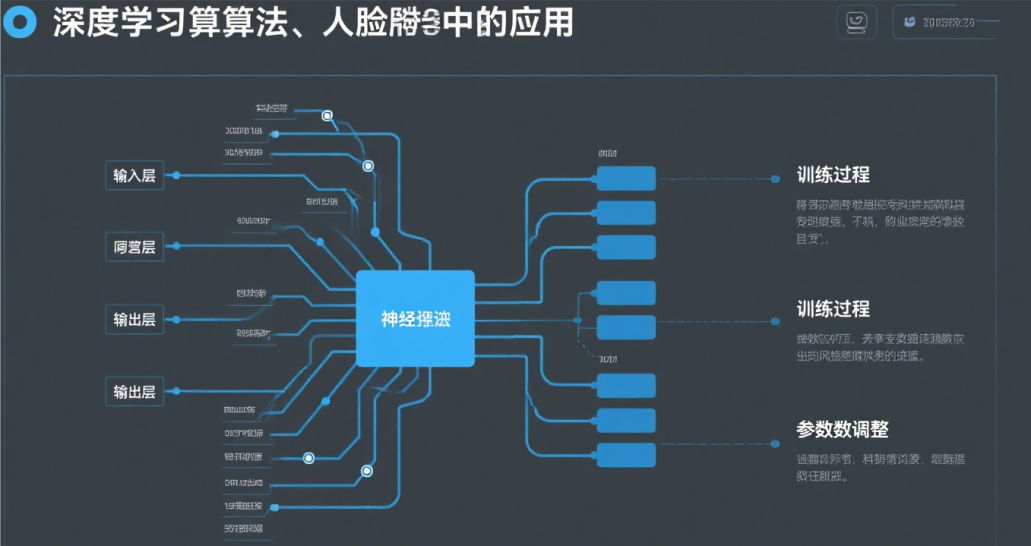
3. Application Scenarios The system demonstrates extensive applicability across multiple domains. In public safety, it enables real-time suspect tracking by analyzing facial data captured through surveillance cameras in urban areas against database records to swiftly identify criminal movements. For traffic management, it identifies drivers involved in red-light violations and drunk driving offenses, facilitating precise law enforcement. In commercial settings, businesses can utilize the system to analyze customer demographics such as gender and age, providing data-driven insights for targeted marketing. Additionally, it enhances security management in campuses and corporate environments through access control systems, significantly improving safety protocols.
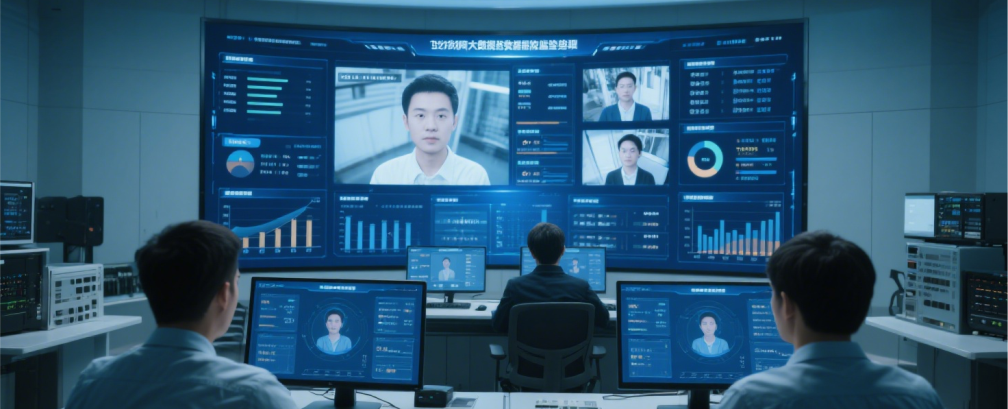
4. Key Technologies The video facial recognition big data system relies on multiple core technologies. The facial recognition algorithm, which includes face detection, feature extraction, and facial comparison processes, requires high accuracy and real-time performance. Big data processing technology ensures efficient storage, retrieval, and analysis of massive video and facial datasets, with distributed computing frameworks like Hadoop and Spark playing crucial roles. Additionally, video compression technology reduces data transmission and storage burdens, while network transmission technology guarantees real-time data delivery and stability.

5. Challenges and Countermeasures The video facial recognition big data system faces several challenges in practical applications. Privacy security concerns stand out prominently, as the leakage of massive facial data could severely infringe upon personal rights. Therefore, it is essential to establish rigorous data security management systems and implement encryption technology for data protection. Additionally, in complex environments such as low-light conditions or face occlusion, facial recognition accuracy may be compromised, necessitating continuous algorithm optimization to enhance system robustness. Concurrently, issues like compatibility between different cameras and non-uniform data standards urgently require resolution, demanding the establishment of industry-specific standards to promote standardized development. With ongoing technological advancements, video facial recognition big data systems will play increasingly significant roles across various fields. While enjoying the convenience they bring, we must also prioritize potential risks. Through technological innovation and institutional improvements, this system can better serve societal needs. The above content provides a comprehensive overview of video facial recognition big data systems. If you have any questions about specific sections or wish to explore particular areas in depth, feel free to contact us at any time.
-
fibre-optical
Jul 22, 2025
-
Classified by control technology
Jul 22, 2025
-
Aliyun VS Baidu Cloud
Jul 19, 2025
-
Smart factory network cabling
Jul 19, 2025
-
Full analysis of wiring test tools
Jul 19, 2025
-
Enterprise network cabling
Jul 19, 2025
-
Can you do smart control without the Internet
Jul 19, 2025
-
Principle of whole house intelligent control
Jul 18, 2025
-
Specifications and functions of light modules
Jul 18, 2025
-
Fiber optic engineering
Jul 18, 2025
-
Common classifications and their specific types:
Jul 18, 2025
-
Parking fee system
Jul 14, 2025
-
Video face recognition big data system
Jul 14, 2025
-
Starlink is a low-orbit satellite launched by SpaceX
Jul 14, 2025
-
5G base station project
Jul 14, 2025
-
5G and Starlink overview
Jul 14, 2025
-
Internet Data Center (IDC)
Jul 11, 2025
-
Enterprise LAN solutions
Jul 10, 2025
-
Video transmission theory
Jul 10, 2025
-
Patented technology and marked RJ45 crystal head
Jul 10, 2025
-
Advantages and disadvantages of intelligent control
Nov 30, 2024
-
Video Streaming Data Center
Nov 30, 2024
-
Computer Centre
Nov 30, 2024

